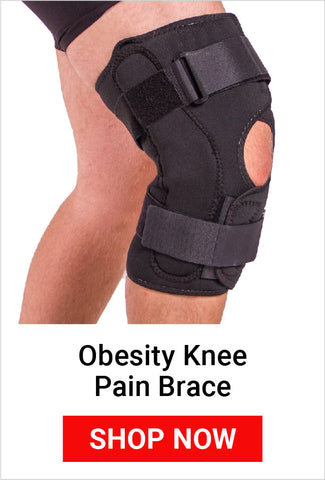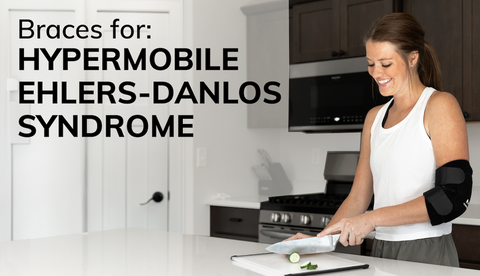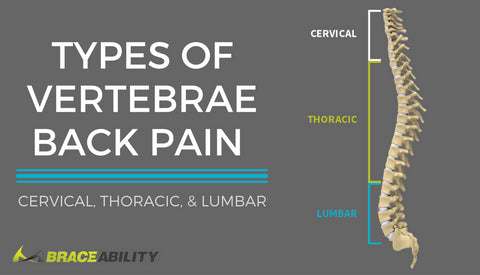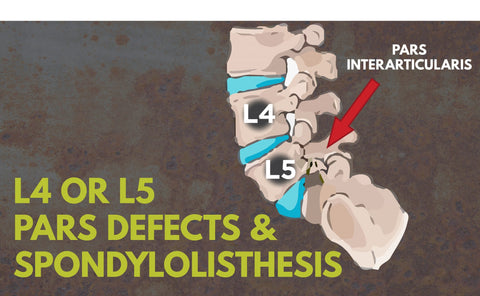5 Tips To Help Keep Your Gardening Pain-Free
Gardening and yard work can be a great form of both exercise and stress relief if done correctly and in the right amount of moderation. Of all of the things growing in your garden, aches and pains should not be one of them. The most common garden activities such as digging, raking, planting, and weeding can cause some major stress on your muscles and joints. Luckily, these pains and strains can be reduced, and avoidable. Follow these tips to get back to gardening, pain free!
-
Warm-up Beforehand and Listen to Your Body
It may sound silly, but like any other exercise or form of physical activity, gardening can be a strenuous activity. Before you begin gardening or yard work, try taking a brisk 10 minute warm-up walk followed by some simple stretching. This will get your body prepared for the movement that is to come.
Along with preparing your body, you should also make sure that you are listening to your aches and pains. If you are experiencing severe, pinching pain in any part of your body while gardening, take a break. Stretch out or walk around, don’t try to push through the pain. It will likely make it worse!
-
Get Some Extra Support
You may think gardening with a bad back is out of the question, but if done safely with extra support, it can actually be therapeutic both physically and mentally! No matter where your pain is located, there are a variety of supports and tools available that can help assist you while gardening. Make use of a gardening kneeler, a wheelbarrow rather than lifting on your own, or a supportive brace for your pain.
Whether the pain is in your knees, lower back or hands, we offer a wide variety of supports to assist you while you are gardening, pulling weeds, mowing or doing other yard work. -
Change Positions to Avoid Cramping
If you are in the same position for an extended period of time, your body is more likely to begin giving out, aching and cramping. If your body begins to ache after an extended time without movement, switch up your garden routine and allow yourself to move around in order to reduce and work towards preventing that pain from happening.
-
Try Alternative Methods
If you are experiencing the most pain while you are bending down, kneeling, or squatting to garden you should try the alternative method of wall gardening. Wall gardening, also called vertical gardening, is the trend of planting up rather than across the ground, allowing you to work at eye level. There are a wide variety of techniques when it comes to wall gardening, find what will work best for you!
You may also consider the need to scale back your garden. This doesn’t necessarily mean getting rid of your hard work, or things that you enjoy, but rather allowing others to help. It will be extremely helpful to get assistance from others when it comes to repetitive tasks that are hard on your body such as weeding. -
Be Aware of Common Gardening Injuries & Pain
Pulled back muscles, arthritis, osteoarthritis, tendonitis, carpal tunnel syndrome, and sore joints and muscles are just a few of the most common conditions and pains that are either a result of, or worsened by the actions you perform while gardening. It is important to be aware of what your pain or condition is, so you know how much your body is capable of doing, what to use for extra support, and how to best treat the pain you are experiencing.













